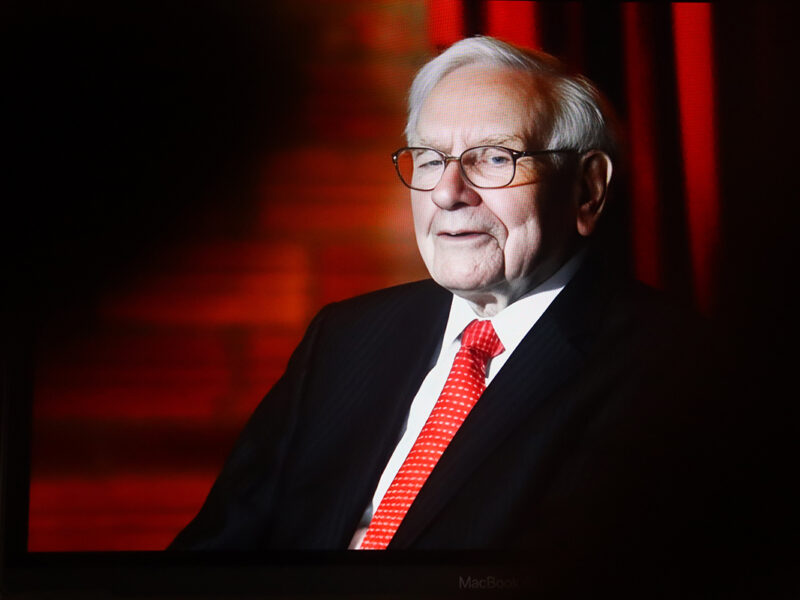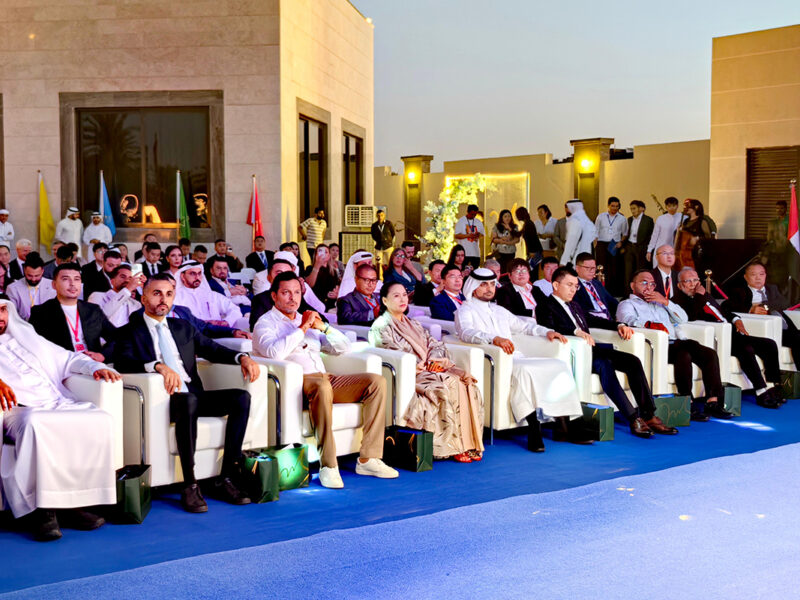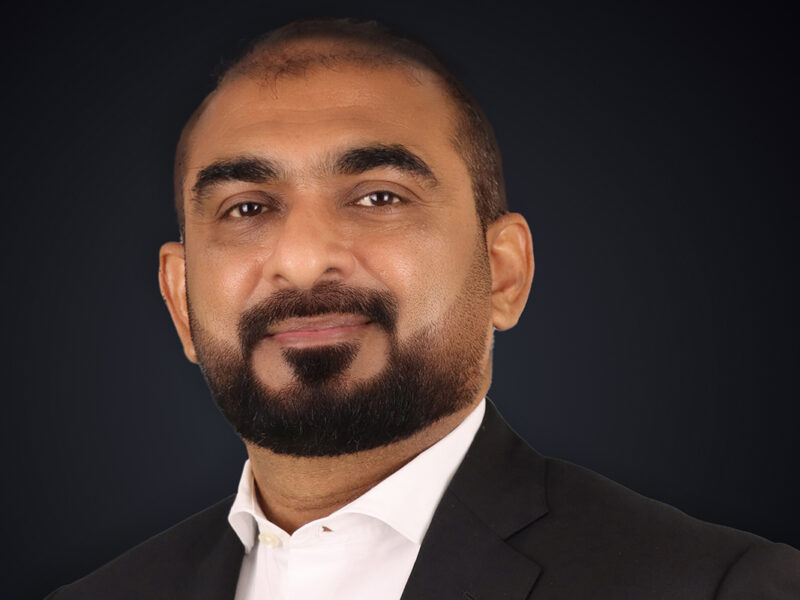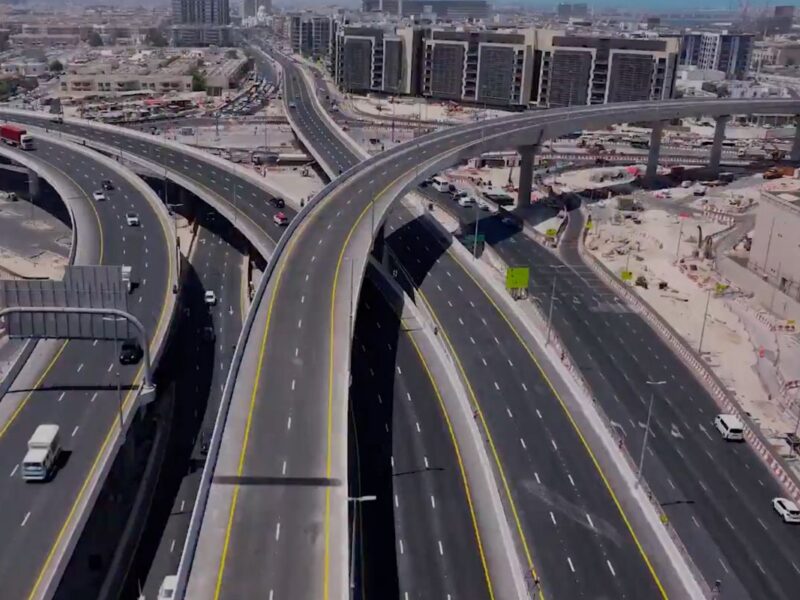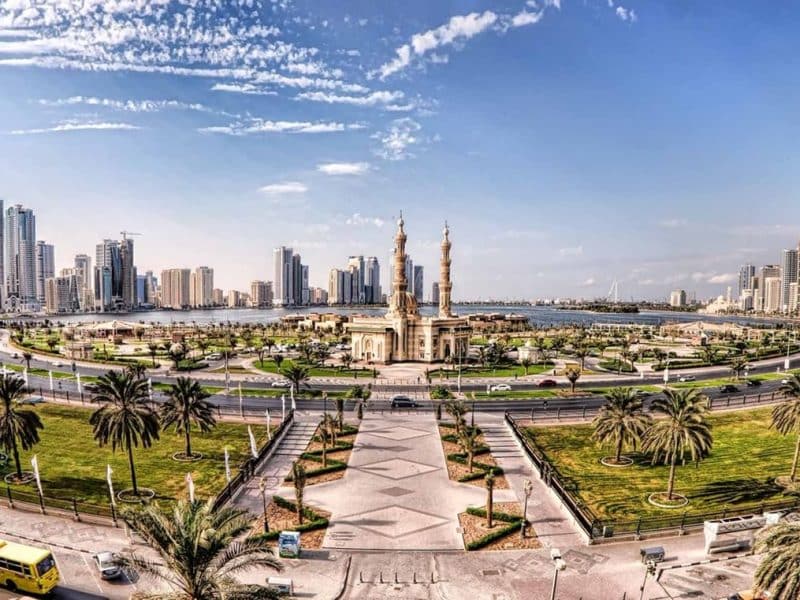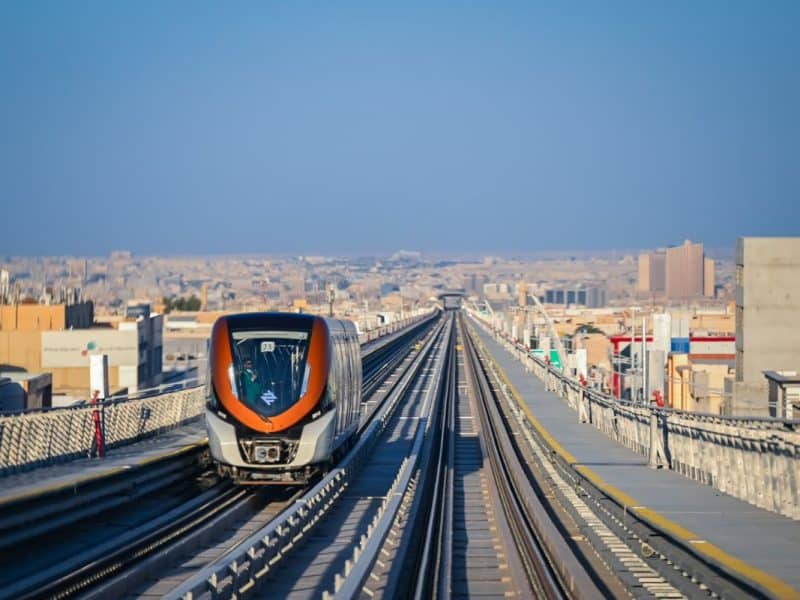Climate change challenges are an ongoing and pressing global issue as leaders work towards a post-coronavirus ‘green recovery’ including the reduction of carbon emissions.
Among those advocating for this recovery, and promoting renewable energy sources such as solar and wind energies is Mohamed Jameel Al Ramahi.
In a wide ranging interview, Al Ramahi addresses the opportunities in renewable energy sources, Masdar’s plans for 2021 and progress towards UAE’s 2050 Energy Strategy.
Can you comment on the need to address climate change, and the role companies like Masdar are playing in combating global warming?
To meet the United Nations’ Sustainable Development Goals (SDGs) and keep global warming below 1.5C, and avert a truly global catastrophe, will require huge investment from all nations. The UN says that while trillions are spent annually on meeting the SDGs, a shortfall of around $3 trillion remains.
For companies like Masdar, this represents opportunity. In 2019, just before the pandemic, investments in the utility-scale renewables which Masdar pursues were already expected to average $250bn per annum for the next decade. As a result of green recovery initiatives globally, this figure is actually likely to rise.
Looking to 2050, wind and solar technologies, which are relatively mature and are now cost effective, will capture the highest share in global power generation spend with cumulative investments of $5.3 trillion and $4.2 trillion, respectively. This compares to $1.9 trillion in gas and $0.4 trillion in coal investments. So, investor sentiment has clearly shifted towards greener and more sustainable investments.
This is good news for Masdar and similar companies that are actively facilitating the energy transition.
 Buildings in Masdar City consume around 40 percent less electricity and water than conventional ones
Buildings in Masdar City consume around 40 percent less electricity and water than conventional ones
What role has the pandemic played, if any, in the perception of climate change challenges and the need for sustainability and clean energy?
Before the pandemic news really broke in February and March, climate was already shaping up to be one of the biggest stories of 2020. We started that year with the bushfires in Australia. Then there was a record-breaking hurricane season and deadly heatwaves around the world. The year 2020 was in fact one of the hottest years on record.
It was also supposed to be the year the world got its act together on climate change, with a real momentum visible at last year’s Abu Dhabi Sustainability Week, held in January, and meant to culminate with the COP26 UN climate platform.
But I believe any shift in attention away from the issue, has been merely delayed by our necessary focus on the pandemic and its consequences. In fact, entering 2021, there is renewed energy behind the climate debate, as a result of the green recovery objective.
The resulting green dividend has the potential to transform our world. The International Renewable Energy Agency (IRENA), which is headquartered in Masdar City, estimates that average annual investments of $2 trillion in renewables and sustainable technologies in the 2021-2023 post-Covid recovery phase could create 5.5 million additional jobs – while an extra 19 million jobs could be created by 2030, if we scale up investment in the energy transition.
What are some of the key challenges on the path to sustainability and clean energy?
We have seen a global shift of capital towards clean energy, especially with prevailing renewable energy technologies such as solar and wind having a well understood risk profile and proving to be cost competitive. This is obviously an opportunity. The biggest challenge, however, is how do we ensure emerging markets, and especially fast-growing, highly industrial economies, capture their share of that capital, as they are typically seen as higher risk for investment.
Following the slowdown due to the pandemic, it’s a big concern that cash-poor nations may not commit to investing in renewables and ‘double down’ on coal, either due to the need for short-term economic jump-starts or lack of access to capital, or both. A long-term challenge, but one that is essential to meeting the SDGs, is how we fix our cities.
We are building the equivalent of a new Paris every single week. Given our cities consume 80 percent of the world’s energy and account for more than 70 percent of global carbon dioxide emissions, this is simply not sustainable.
We’ve been working to address this challenge for more than a decade now, with key breakthroughs showcased in Masdar City, one of our biggest investments over the years. A flagship for sustainable urban development, buildings in Masdar City consume around 40 percent less electricity and water than conventional ones, and utilise extremely efficient heating, cooling and water conservation systems.
Transport, too, is one of the major challenges to overcome. Today, 15 percent of global emissions are due to transportation. Furthermore, global passenger vehicle demand is set to double through 2050.
We therefore need more investment in sustainable mobility, to ensure mass transit of the future is efficient, convenient and clean. We were one of the first in the world to launch an electric autonomous vehicle at Masdar City 10 years ago, and we have since deployed additional technologies, such as charging infrastructure and battery and storage solutions. We continue to test the latest EV technology, including locally manufactured solutions.
 The Masdar Solar Hub at Masdar City is an R&D centre for photovoltaic and solar thermal technologies
The Masdar Solar Hub at Masdar City is an R&D centre for photovoltaic and solar thermal technologies
Where does the UAE stand in terms of achieving the targets set out in its Energy Strategy 2050?
Our leaders put us on a path to sustainable development and the UAE is setting the pace for the transition to cleaner energy sources in the Middle East.
In 2017, the UAE launched its Energy Strategy 2050, which aims to increase the contribution of clean energy in the total energy mix to 50 percent by 2050 and reduce carbon footprint of power generation by 70 percent, thus saving AED700bn($190.5bn). It also seeks to increase consumption efficiency of individuals and corporates by 40 percent.
In fact, even before the Strategy and before the Paris Agreement was signed in 2016, we were the first Arab nation to set voluntary renewables targets. In 2009, Abu Dhabi, our home city, set itself a target of 7 percent renewables by 2020; and it overachieved it.
Another good example is Dubai, which in 2009 set a 5 percent target by 2020, then in 2015 increased this to 7 percent, and also overachieved. And, at the end of 2020 the UAE set itself a new ambitious target to reduce carbon emissions by 23.5 percent by 2030, on top of previous commitments.
 There is a global shift of capital towards clean energy, according to Al Ramahi
There is a global shift of capital towards clean energy, according to Al Ramahi
What is in the pipeline for Masdar in 2021?
With the global green recovery, our purpose, mission and our mandate have never been more relevant.
To take advantage of that, we will be embarking on the next chapter of Masdar’s story. We will acquire the scale required to benefit from the opportunities of the green recovery that will enable us to deploy capital and create value through diverse opportunities. I look forward to sharing more with you on this in the very near future.
The signing of the Abraham Accords last year has opened up a new era of collaboration for us with some of the smartest, most agile and most advanced companies in renewables. And, something that I am particularly excited about is that we are increasing our focus on green hydrogen, applying our expertise in solar to extract, cleanly and efficiently, what may well be the fuel of the future.
In addition, new opportunities are emerging, in electric mobility, in energy trading, in the carbon markets and elsewhere, and Masdar will be a key player in these sectors as well.
With increased focus on sustainable urban development worldwide, our flagship Masdar City development is going from strength to strength. I am pleased to see our innovation ecosystem get stronger year after year.
I expect 2021 to see the expansion of the portfolio of The Catalyst, our joint venture with BP; more recipients of the Alpha Wave Incubation Fund setting up in Masdar City; the expansion of the high tech investment company G42; and the first intake of students at Mohammed Bin Zayed University for Artificial Intelligence, whose campus we are proud to host.

